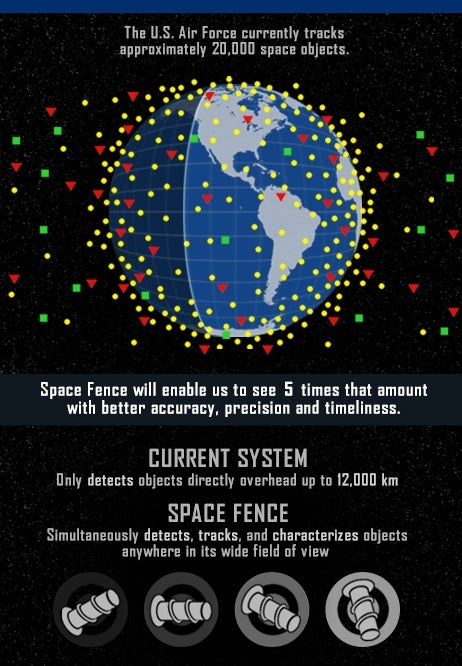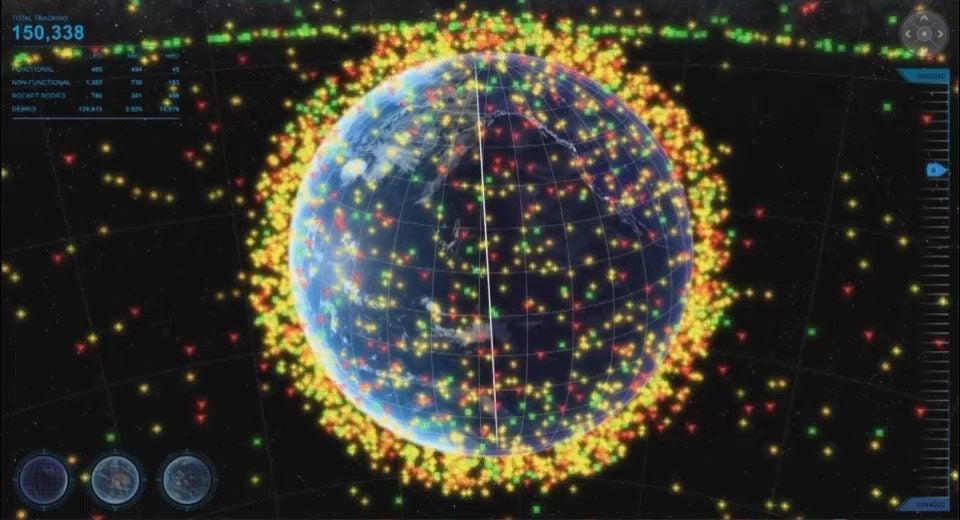Space Fence – New Hardware for Space Force
The Space Force system Space Fence is officially online and operational. A program previously under Air Force control and later moved to the responsibly of Space Force, after the creation of the branch, Space Fence is a radar system that tracks objects in Earth’s orbit. Space Fence’s mission statement is to track objects in space, including commercial and military satellites, space junk, and launches.
The radar system has the ability to track items of all sizes, the smallest of which are under 10 centimeters (4 inches). Space Fence provides a significant upgrade to the existing Space Surveillance Network (SSN) a system from the Cold War. The SSN tracked 26,000 entries but Space Fence will greatly expand the catalogue of space objects, with an expected catalog of more than 100,000 objects.

Space Fence is a cued system, allowing operators to “sweep” space and move the radar around, allowing for the tracking of more objects. The earlier system in SSN was unable to move and was therefore much more limited in scope. The system uses a solid-state S-band radar. The radar tracking system was developed by Lockheed Martin, who was awarded the $914 million contract. In total Space Fence cost $1.5 billion with Lockheed Martin, who is the main supplier of radars to the US military, named as the primary contractor.
The system was put to the test in March 2019, while still in a pre-operational stage, when it tracked debris of various sizes that resulted from an Indian anti-satellite test. When tracking such debris, Space Fence can determine the debris’ next crossing times, giving a better picture of where space junk will move.
The ground infrastructure for the radar is based in the Marshall Islands while the system is run by the 20th Space Control Squadron, headquartered in Alabama. Data from there is then sent to the 18th Space Control Squadron, which is headquarter in California, and maintains a catalog of space objects. As the Space Force grows as a branch, operating Space Fence will be one of their major missions.

